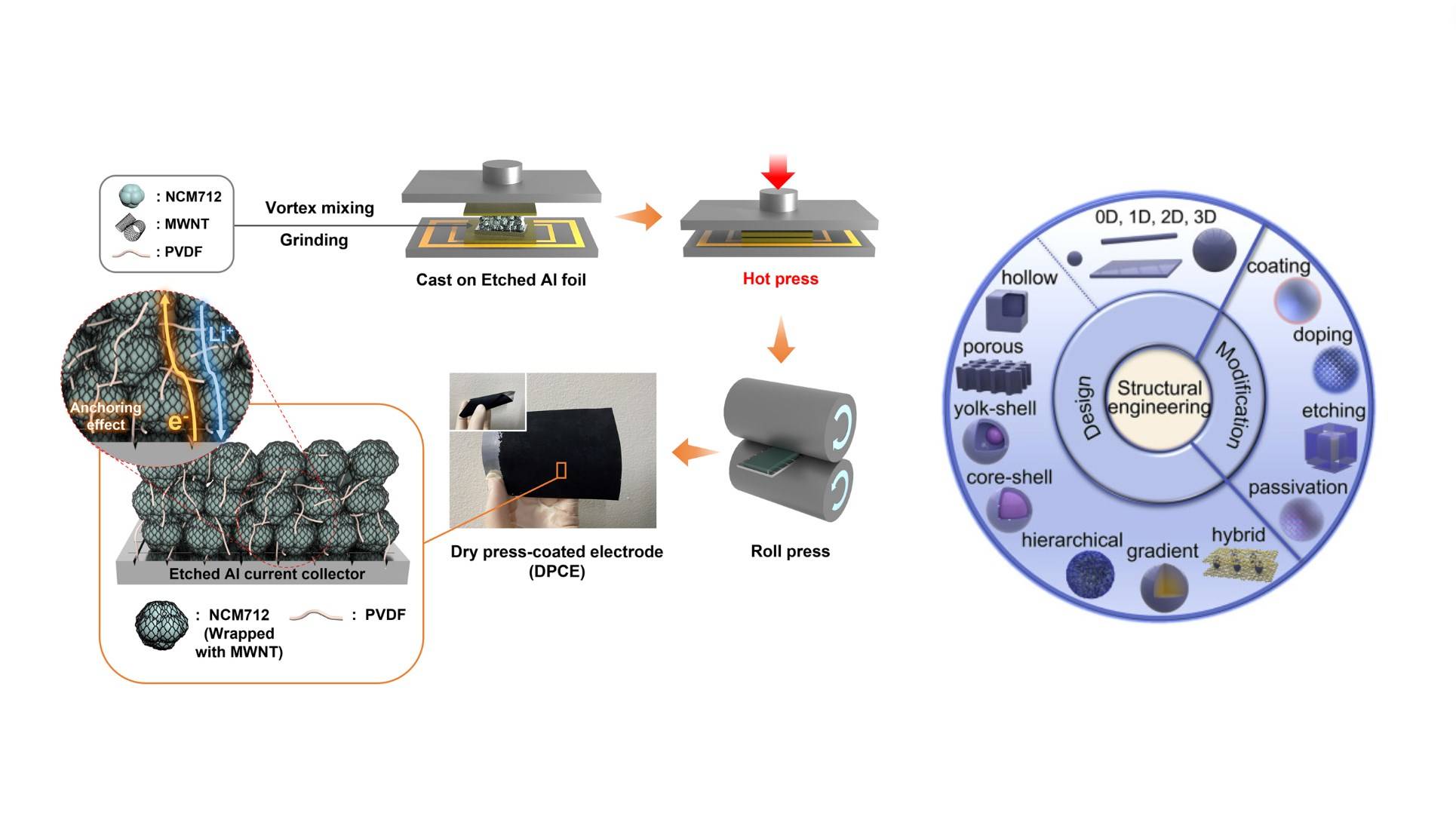The quest for advanced battery technologies has spurred significant research into alternative electrode materials. As the demand for high-performance batteries continues to surge, scientists and researchers are diligently exploring materials that promise to enhance energy storage capacity, extend battery lifespan, and accelerate charging times. This article delves into the cutting-edge advancements and emerging trends in electrode materials, aiming to illuminate the path towards next-generation battery technology.
The Need for Alternative Electrode Materials
Traditional battery technologies, such as lithium-ion batteries, have driven numerous innovations over the past few decades. However, the limitations in their energy density, cycle life, and charging speed underscore the necessity for alternative electrode materials. The quest for improvement is fueled by the burgeoning need for more efficient electric vehicles, renewable energy storage, and portable electronic devices.
Key Characteristics of Ideal Electrode Materials
To meet the high standards of modern applications, ideal electrode materials must exhibit several crucial properties:
- High Energy Density: The ability to store a substantial amount of energy per unit mass or volume.
- Long Cycle Life: The capability to endure numerous charge-discharge cycles without significant degradation.
- Fast Charging and Discharging Rates: Efficiency in energy transfer that supports rapid charging and discharging.
- Thermal Stability: Resistance to degradation or failure under high temperatures.
- Cost-Effectiveness: Economic feasibility in large-scale production and application.
Emerging Electrode Materials: A Comprehensive Overview
1. Silicon-Based Electrodes
Silicon has emerged as a promising alternative to traditional graphite electrodes in lithium-ion batteries. With an energy density approximately ten times higher than graphite, silicon can significantly enhance the performance of batteries. However, its use has been limited by challenges such as volumetric expansion during cycling and poor electrical conductivity.
Recent advancements have focused on mitigating these issues through innovative strategies, including the development of silicon composites and nanostructured silicon. These methods aim to improve cycle stability and conductivity, paving the way for commercially viable silicon-based batteries.
2. Lithium-Sulfur (Li-S) Batteries
Lithium-sulfur (Li-S) batteries represent another frontier in high-performance energy storage. Sulfur, being abundant and inexpensive, offers a theoretical energy density significantly higher than lithium-ion batteries. Moreover, Li-S batteries have the potential for longer lifespan and lower environmental impact.
Challenges such as poor electrical conductivity of sulfur and the dissolution of polysulfides in the electrolyte have been major hurdles. Ongoing research is directed at developing advanced cathode materials, conductive additives, and electrolyte modifications to address these issues and enhance the practicality of Li-S batteries.
3. Solid-State Batteries
Solid-state batteries use a solid electrolyte instead of the liquid or gel electrolytes found in conventional batteries. This transition offers several advantages, including increased safety, higher energy density, and better thermal stability. Solid-state batteries are less prone to leakage and thermal runaway, making them a compelling choice for future applications.
Current research is focused on discovering new solid electrolyte materials that offer high ionic conductivity and are compatible with existing electrode materials. The development of ceramic, sulfide, and polymer electrolytes is at the forefront of this research.
4. Metal-Air Batteries
Metal-air batteries, particularly lithium-air and zinc-air, are gaining attention for their potential to achieve extremely high energy densities. These batteries utilize oxygen from the air as the cathode reactant, thereby reducing the need for heavy cathode materials.
While the theoretical energy densities are impressive, practical challenges such as catalyst degradation, air contamination, and moisture management must be overcome. Researchers are working on improved catalysts, better air electrode designs, and advanced sealing techniques to enhance the performance and longevity of metal-air batteries.
5. Sodium-Ion Batteries
Given the abundance and low cost of sodium, sodium-ion batteries are being explored as a viable alternative to lithium-ion technology. Sodium-ion batteries offer similar electrochemical performance to their lithium counterparts but with the advantage of reduced material costs.
Despite their potential, sodium-ion batteries face challenges related to lower energy density and poor cycle stability compared to lithium-ion batteries. Research is focused on developing new cathode and anode materials and optimizing electrolyte compositions to improve overall performance.
Advancements in Electrode Material Synthesis
The progress in electrode material research is heavily dependent on advancements in material synthesis techniques. Innovations such as nanotechnology, 2D materials, and 3D printing are revolutionizing how electrode materials are designed and manufactured.
- Nanotechnology enables the creation of nanostructured materials that offer enhanced surface area and electrochemical performance.
- 2D materials like graphene and transition metal dichalcogenides exhibit exceptional conductivity and mechanical strength, making them ideal for advanced electrode applications.
- 3D printing allows for the fabrication of complex electrode structures that optimize electrode utilization and performance.
The Future of Battery Technology
The exploration of alternative electrode materials is not just about incremental improvements but about transforming battery technology. As researchers continue to push the boundaries of what is possible, the future of batteries promises to be more efficient, durable, and sustainable.
- Improved Energy Storage: Emerging materials and technologies are set to offer batteries with higher energy densities and longer life cycles.
- Faster Charging: Advances in electrode materials are likely to significantly reduce charging times, making electric vehicles and other battery-powered devices more convenient.
- Enhanced Safety: New materials and designs will improve the safety of batteries by reducing risks associated with overheating and leakage.
Conclusion
The journey towards high-performance batteries is marked by innovative research and technological advancements in electrode materials. As scientists and researchers continue to explore and develop new materials, the potential for revolutionizing battery technology becomes increasingly promising. The pursuit of higher energy densities, longer lifespans, and faster charging capabilities will undoubtedly shape the future of energy storage and consumption.
By staying at the forefront of these developments, we can look forward to a future where battery technology meets the ever-growing demands of modern applications, driving progress and sustainability in numerous sectors.



